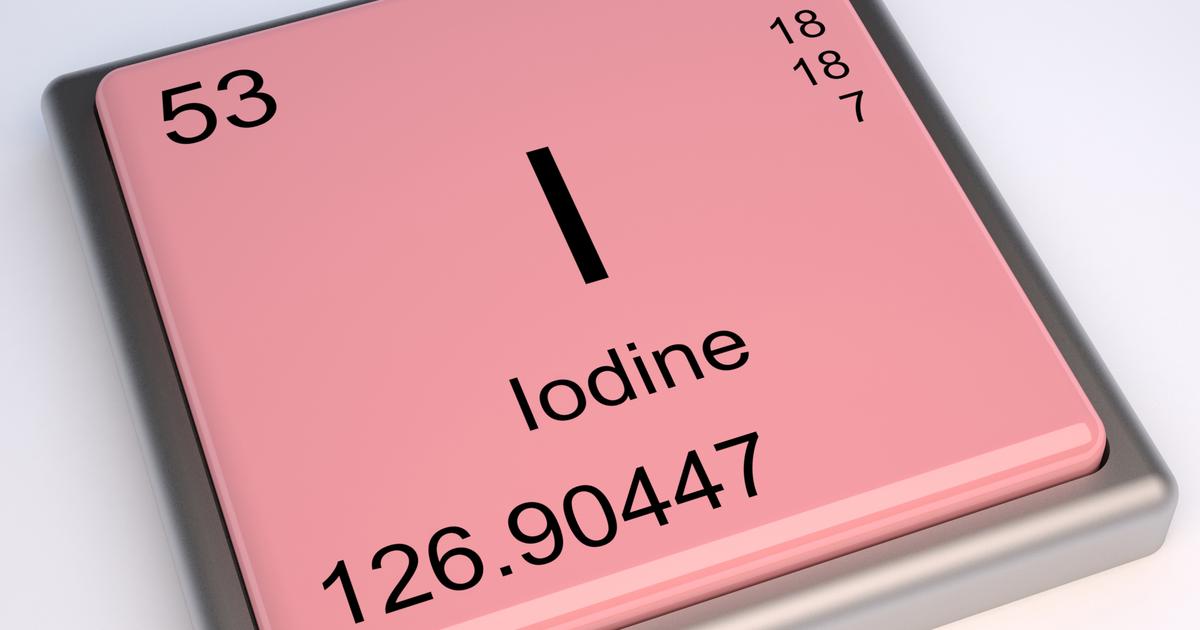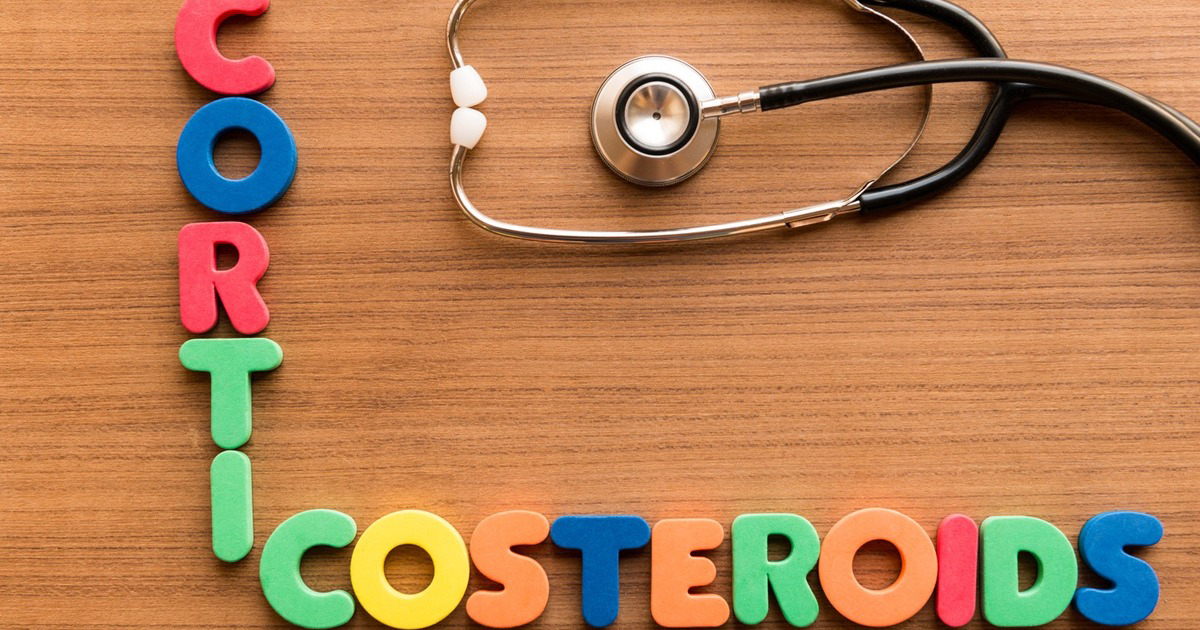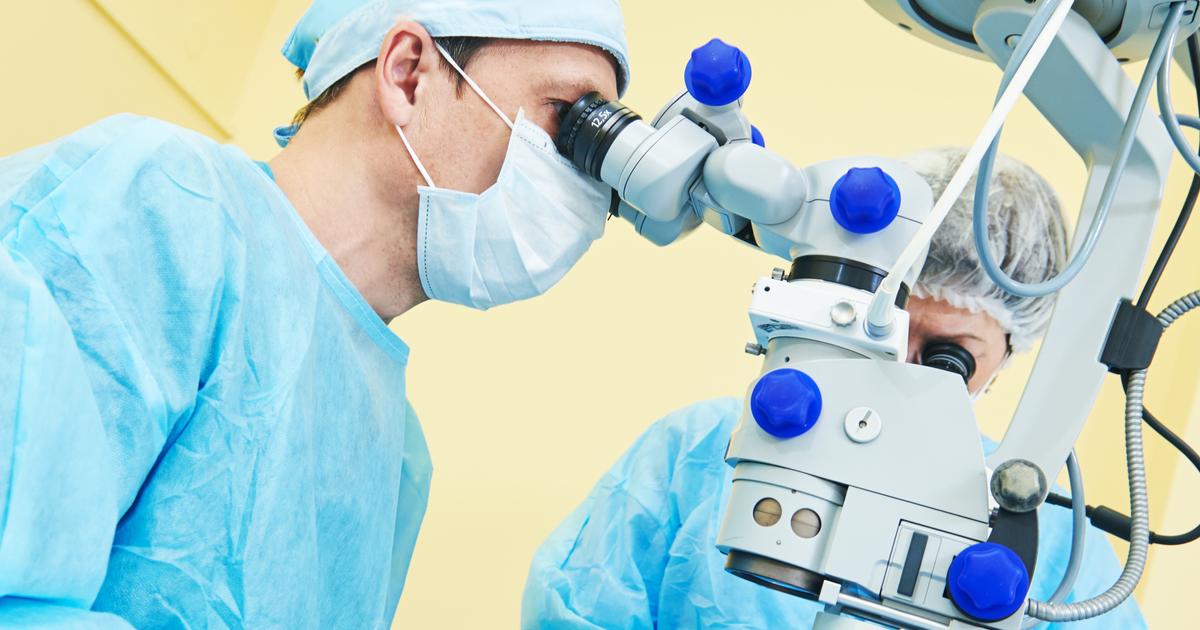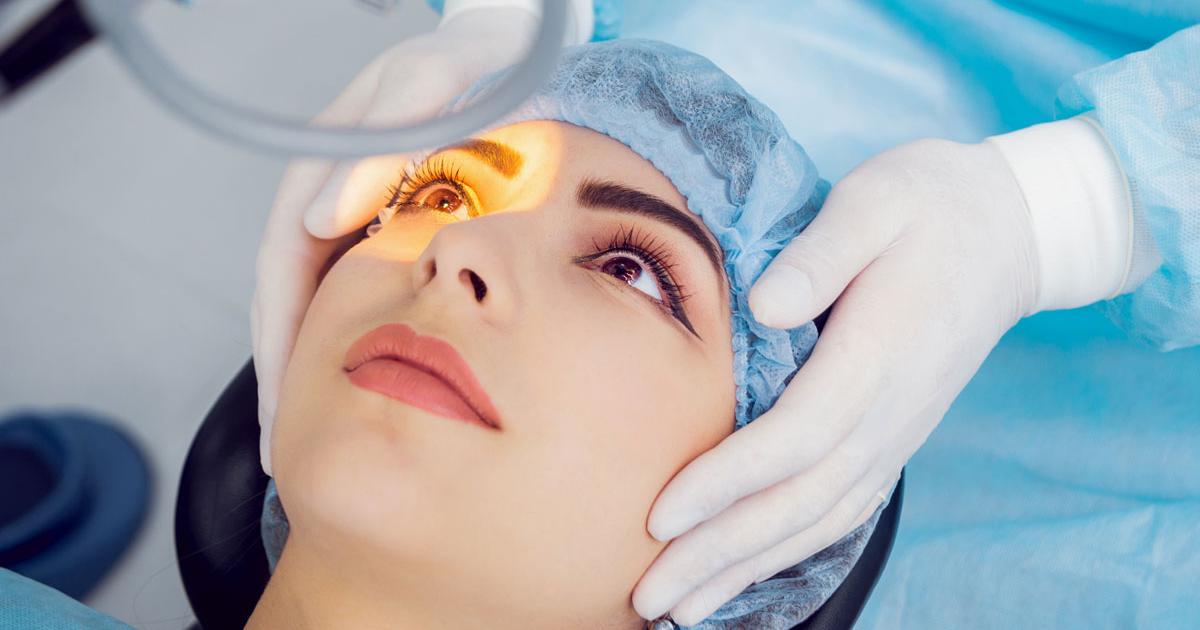How To Treat Graves' Disease
Graves' disease occurs when an individual's immune system inappropriately and abnormally produces certain antibodies that attack their thyroid gland and force it to produce more thyroid hormone than it should. Almost every organ in the body is affected by thyroid hormone production because the thyroid is responsible for controlling the way the cells in the body use energy. Graves' disease is between seven and eight times more likely to develop in women than in men, and usually affected individuals are between thirty and fifty years old. Symptoms prevalent in Graves' disease include a fast heart rate, heat intolerance, nervousness, irritability, trembling hands, problems with sleep, weight loss, muscle weakness, tiredness, irritability, nervousness, goiter, frequent bowel movements, and diarrhea. Graves' disease is diagnosed with the use of physical examination, blood testing, radioactive iodine uptake test, thyroid scan, and thyroid ultrasound.
There are several ways to treat Graves' disease. Unveil them now.
Anti-Thyroid Medication

A Graves' disease patient may need to take anti-thyroid medications like methimazole or propylthiouracil as part of their treatment plan. Ant-thyroid medication is the most simple way Graves' disease can be treated, but it is not a permanent cure. These types of medications work to treat Graves' disease by causing interference in the normal production of thyroid hormone in the body. Anti-thyroid medications can take several months to have a noticeable effect on the patient because their thyroid gland has made and stored enough thyroid hormone to keep it in the body at high levels for several weeks. The anti-thyroid medication works do deplete these stores of extra thyroid hormone so the individual's levels will decrease to normal. The average amount of time it takes for this process is between twelve and eighteen months. Anti-thyroid medications may need to be taken for long periods if a patient's Graves' disease does not go into remission. Some individuals only need to take anti-thyroid medication initially until their disorder goes into remission, and only resume when a relapse of the disease is detected in a yearly evaluation. Anti-thyroid medication can produce side effects, which may force patients to use other methods to treat their Graves' disease.
Continue reading to learn more about treating Graves' disease now.
Radioactive Iodine Therapy

An individual affected by Graves' disease may need to undergo radioactive iodine therapy to treat their disorder. Radioactive iodine therapy is a form of treatment that utilizes a compound called radioactive iodine-131 or I-131 to destroy some cells in the thyroid gland that are producing too much thyroid hormone. The radioactive iodine compound can be taken as a capsule or liquid by mouth, and the dosage for these purposes is slightly higher than the dosage utilized for certain imaging tests performed to evaluate the thyroid gland. Higher doses of iodine-131 are effective at gradually destroying the overactive hormone-releasing cells in the thyroid gland to bring the patient's thyroid hormone levels down to a more acceptable level. The radioactive iodine compound used for this therapy does not have adverse effects on other tissues in the body. In rare cases, a Graves' disease patient may need to undergo more than one radioactive iodine therapy treatment to get their thyroid hormone levels down. The majority of patients who undergo radioactive iodine therapy will develop hypothyroidism later because the cells that produce thyroid hormones have been destroyed. Hypothyroidism is easier to treat than Graves' disease because it can be completely controlled with daily medication.
Read more about how to treat Graves' disease now.
Thyroid Surgery

A Graves' disease patient who has attempted and exhausted all other treatments may elect to have thyroid surgery to treat their disease. The only surgical procedure available to treat Graves' disease is thyroid gland removal surgery. Most patients who end up using thyroid removal surgery to treat their Graves' disease are affected by large-sized goiters in the gland or have a severe allergy or side effects from anti-thyroid medications. An individual's thyroid levels must be brought down into normal range with medication or other methods before having thyroid removal surgery to avoid a thyroid storm, which can occur when a hyperthyroidism patient goes under general anesthesia. Thyroid surgery is the last option for the treatment of Graves' disease because there is no way to avoid the condition of hypothyroidism following the removal of the thyroid gland. Hypothyroidism caused by the removal of the thyroid gland requires medication for the rest of the patient's life to replace the hormones a healthy thyroid gland should make.
Discover additional treatments for Graves' disease now.
Corticosteroids

An individual affected by Graves' disease may need to be treated with corticosteroids if they are experiencing Graves' ophthalmopathy. Eye-related complaints are prevalent among Graves' disease patients at a rate of between twenty-five and fifty percent of cases. Redness, pain, and swelling can be effectively treated with the use of corticosteroids such as dexamethasone, prednisone, and methylprednisolone. These medications can help decrease the amount of swelling that occurs behind the eyeballs of an individual affected by Graves' disease that causes increased pressure inside the eye. Graves' ophthalmopathy doesn’t always align in progression with a patient's actual Graves' disease, as symptoms of Graves' ophthalmopathy can worsen for several months following the improvement of Graves' disease symptoms. Some individuals who have Graves' disease may not be able to tolerate corticosteroids because of their side effects, which include weight gain, increased blood pressure, mood swings, increased blood sugar, and fluid retention.
Get more details on options available for treating Graves' disease now.
Beta-Blockers

Beta-blockers may be prescribed for the treatment of Graves' disease to help decrease the frequency and severity of the patient's symptoms while they wait for other treatments to kick in. Beta-blockers are a class of medications most often used in the treatment of individuals who have high blood pressure or heart disease. However, beta-blockers can be very effective at treating the muscle tremors and heart palpitations that occur in Graves' disease. The beta-blockers most often used on Graves' disease patients include atenolol, metoprolol, and propranolol. A patient and their doctor should check to ensure they are not affected by any heart abnormalities, heart defects, or asthmatic conditions before beta-blockers are utilized. Beta-blockers are not usually used for long term treatment of Graves' disease, as they do not actually cure the underlying issue. Beta-blockers are just used to help alleviate symptoms until another form of treatment can be used or in conjunction with another form of treatment that does target the underlying mechanism of Graves' disease.
Get more details on how to treat Graves' disease now.
Orbital Radiotherapy

Orbital radiotherapy involves the use of radiation to destroy some of the tissue behind the patient's eyes. The treatment is given in multiple sessions over approximately two weeks. Although it was commonly used and recommended for severe cases of Graves' ophthalmopathy from the 1940s through the early 2000s, it is used less often today because the benefits are unclear. However, some doctors might still recommend radiotherapy for patients with this condition who have severe eye issues that cannot be effectively treated with corticosteroids. A study from 2004 reported that favorable responses were seen in sixty percent of patients who received this treatment, and inflammation, optic neuropathy, and eye muscle dysfunction respond particularly well to radiotherapy. Patients with diabetic retinopathy should not have orbital radiotherapy as it could cause further damage to the retina.
Continue reading to uncover more treatments available for Graves' disease now.
Prisms In Glasses

Some Graves' disease patients may have double vision, and prisms in glasses are typically recommended to correct this. With healthy vision, light hits the same part of the retina on each of a patient's eyes, allowing them to see a single image. Individuals with double vision see two images because light hits different places on each of the retinas. Prisms bend light, and inserting them in glasses redirects the light before it reaches the eye. It then hits the same location on each of the patient's retinas, and they see a single image. To prescribe the correct prism, an ophthalmologist may perform the Hirschberg test, which involves shining a light into each eye. The ophthalmologist will check to see if the corneal reflection appears in the center of the pupil. If it does not, this indicates the patient may benefit from having a prism in their glasses. The Krimsky test is used to determine the most appropriate prism for the patient's needs. While the patient looks at a light, the doctor places different prisms in front of the patient's eyes. Each prism has a different strength, and the correct prism will bring the patient's corneal reflection to the center of each pupil. Cover tests and the Maddox test could be used to find out more about the degree of a patient's double vision and decide which prism might be most effective. Prism prescriptions are given in prism diopters, and the prism can be placed into the glasses horizontally, vertically, or diagonally. Some patients need prisms in both lenses, and others only need a prism in one lens.
Discover additional ways to treat Graves' disease now.
Orbital Decompression Surgery

Patients with Graves' disease may develop exophthalmos, a condition in which the eyes bulge. In some patients with exophthalmos, vision loss could occur. Orbital decompression surgery can be performed to alleviate exophthalmos, and doctors often recommend it for patients with Graves' disease who have severe exophthalmos that causes chronic eye pain, headaches, or eye irritation. It is also appropriate for patients who have scar tissue over the corneas as a result of exophthalmos. Performed under general anesthesia, the surgery creates more space in the orbit so the eye can return to a normal position. Surgeons work endoscopically through the patient's nose, and the surgery does not involve any incisions. The bones of the medial and inferior orbit are removed, and patients typically stay overnight at the hospital to have their vision monitored. When endoscopic methods are used, external bruising and swelling are usually avoided.
Learn more about treating Graves' disease now.
Watch Iodine In Diet

Patients with Graves' disease often need to watch their dietary iodine intake. Consumption of foods with high levels of iodine could worsen symptoms, and patients are generally advised to follow a low-iodine diet. It is particularly important to avoid seafood, seaweed, nori, algae, carrageen, and iodized salt. Patients should also try to avoid egg yolks, dairy products, and certain food colorings. Using low-iodine or iodine-free alternatives like non-iodized salt, egg whites, and non-dairy milk is recommended. Since nitrates increase iodine absorption, patients should monitor their nitrate intake and take steps to reduce it. Nitrates occur naturally in processed meats, spinach, cabbage, beets, parsley, lettuce, carrots, cucumbers, and pumpkin, and patients may need to eliminate these foods from their diets. Patients may want to ask their doctor about whether it is safe for them to consume soy products, as animal studies suggest these could interfere with some treatments for Graves' disease. If soy products are unsafe, other non-dairy options such as rice or oat milk may be useful. A nutritionist can help patients with planning healthy meals free from or low in iodine.
Continue for more on treating Graves' disease effectively now.
Cool Compresses On The Eyes

Cool compresses on the eyes could feel soothing for patients with eye irritation and eye pain from Graves' ophthalmopathy. The compresses can provide additional moisture for dry eyes. To make a compress, patients should wet a towel or washcloth with cool water, and squeeze out any excess water so the towel is damp. Then, they should place the damp towel in the refrigerator until it is cold. After taking it out of the refrigerator, they must hold it over their eyes while sitting or lying down. Generally, compresses can be used as often as needed, and many patients like to use them three to four times a day. A clean cloth or towel should be used for each compress. To reduce the risk of infection, it is best to avoid reusing the same cloth compress for longer than twenty-four hours. If a cool gel pack is used in place of cloth, this should be thoroughly cleaned between uses. Patients should always ask their doctor if they experience any changes in their eye symptoms after using a compress.